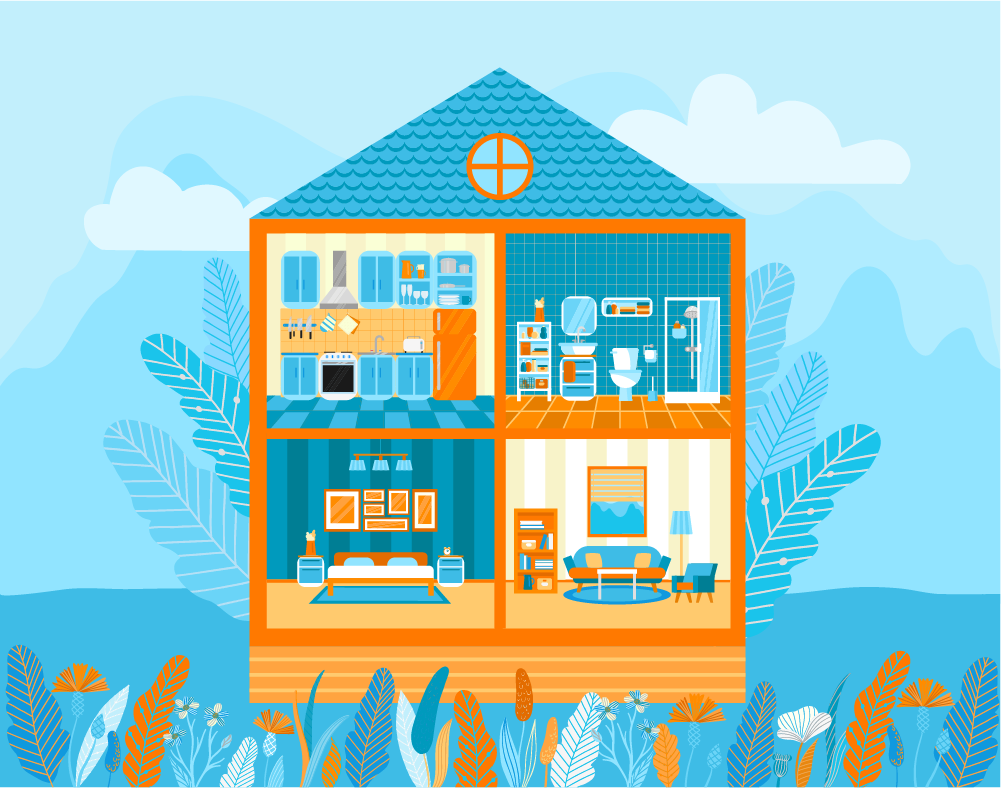What’s New with Fenestration in Canada?
Officials intend stepped codes for energy efficiency to drive market innovation

Glass and fenestration are being asked to do more to increase energy efficiency. In “What’s Going on with Fenestration in Canada?” presented at GlassBuild Connect, Al Jaugelis, technical director of Fenestration Canada, outlined the major and ongoing code changes spurring a transformation of products and building practices in Canada, all toward a Net-Zero Ready goal.
Incremental Steps to Energy Efficiency
One of the initiatives driving changes to thermal performance in fenestration products in Canada is National Resources Canada’s market transformation program. In August 2017, NRCan announced a market transformation program for residential windows, and space and water heating, designed to support a nationally instituted plan of energy step codes. It also announced aspirational goals for residential window energy performance:
-
2020: Residential windows should meet a U-factor of 1.6. Jaugelis says this can be met currently by use of double glazing
-
2025: Products should meet a U-factor of 1.2. This will require triple glazing and low-emissivity coatings, says Jaugelis.
- 2030: Fenestration products should meet a U-factor of 0.8, essentially doubling performance.
NRCan’s aspirational goals support objectives of the Canadian National Building Code, which mandates that fenestration products achieve a Net-Zero ready level of energy performance by 2030. British Columbia already adopted a Net-Zero Ready code approach, which it started to institute in 2017 after mapping out a 15-year road map, says Jaugelis. The “stepped,” or staggered, approach to instituting codes for homes and small buildings is as follows:
Step 1: Officials updated existing 2017 code requirements with “enhanced compliance.”
Steps 2- 4: Building-specific energy modeling and air-tightness testing to defined performance levels is required, which allows builders flexibility in design.
Step 5: Products reach Net-Zero Ready whole-building energy use level, which approximates Passive House requirements.
Jaugelis said the stepped code appears to be working well, so far. There are a few reasons for this. One is that officials consulted builders, architects and consultants as part of the code development process. The stepped approach also allows for flexibility in adoption that may ease builders into the process.
“One of the challenges with prescriptive approaches to energy performance and codes is that they don’t always result in more energy-efficient buildings,” said Jaugelis. “On the other hand, builders have a more flexible option to comply with the code provisions. So, they can be creative in the measures they take when they’re not limited by the prescriptive requirements of the code.”
Stepped codes are designed to build capacity, says Jaugelis, by creating demand from builders. To achieve better performance, builders need better products, which requires more knowledge in terms of energy modeling tools, he said.
National Tiered Codes and Triple Glazing
A set of national tiered codes, similar to British Columbia’s stepped codes, were introduced in winter 2020 as part of the Canadian National Building Code. Like British Columbia, the highest goal of the tiered program is a Net-Zero level of performance. NRCan’s aspirational goals are designed to support these national code objectives.
The new codes will make triple-pane windows an integral component of building, said Jaugelis. Pilot houses, built in advance of the proposed code changes, found that homes could be built to meet Step 3 requirements of energy efficiency, while costing no more than 0-4 percent over the base code. Jaugelis cited a 2018 study of Net-Zero Ready homes, constructed by members of the Canadian Home Builders Association, in which 45 of 47 builders used triple-pane windows to achieve desired energy efficiency levels.
Energy Star
Jaugelis reviewed Energy Star fenestration products, as they will be used to meet requirements for increased energy. Currently, only a small proportion of the products reach the 2030 aspirational goal of a 0.8 U-factor, he said. However, the existing products in the Most Efficient category suggest that manufacturers are able to reach the 2030 goal, though Jaugelis does not know whether this will happen by the deadline.
“It will depend on if step codes and tiered codes are actually going to create the market demand,” he noted. “It will depend on whether the government provides incentives to introduce new product lines for manufacturers, anticipating that demand, or whether the manufacturers will wait for that demand to arrive in the building codes. ... It’s my hunch [the 2030 goal] will be pushed out by another code cycle at least, but we’re making progress along the way."
